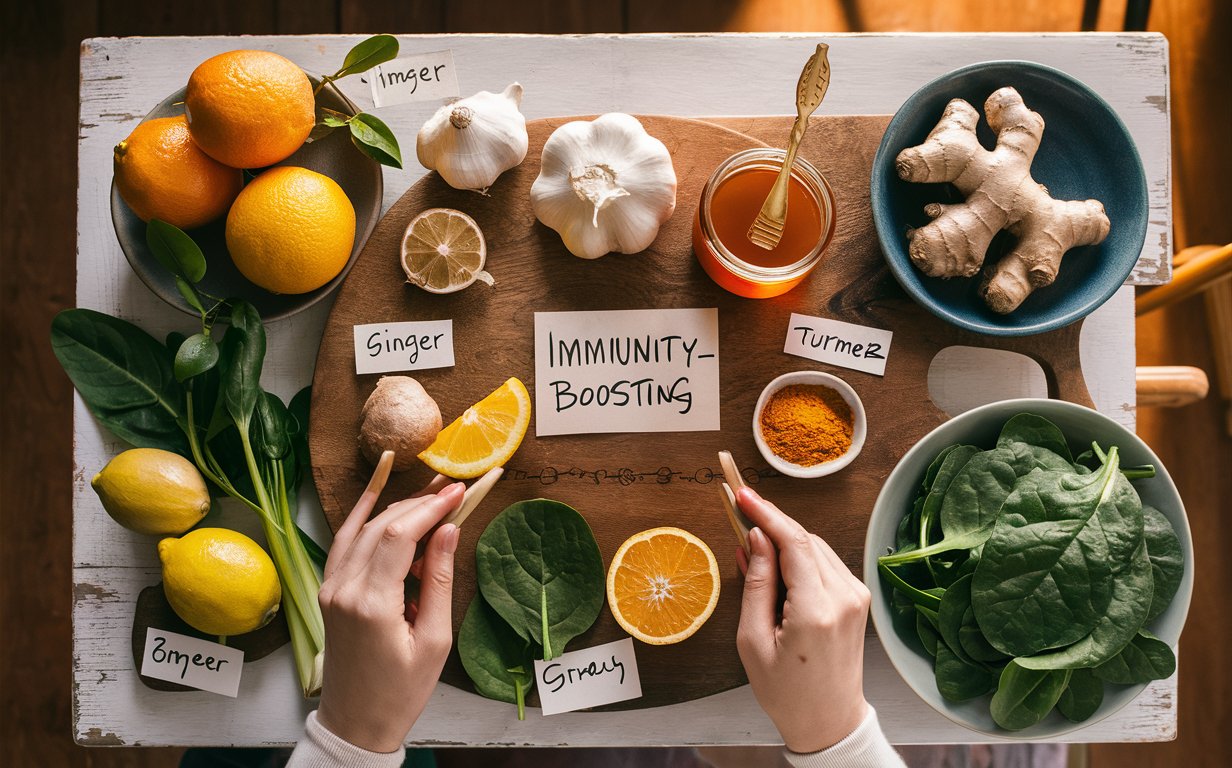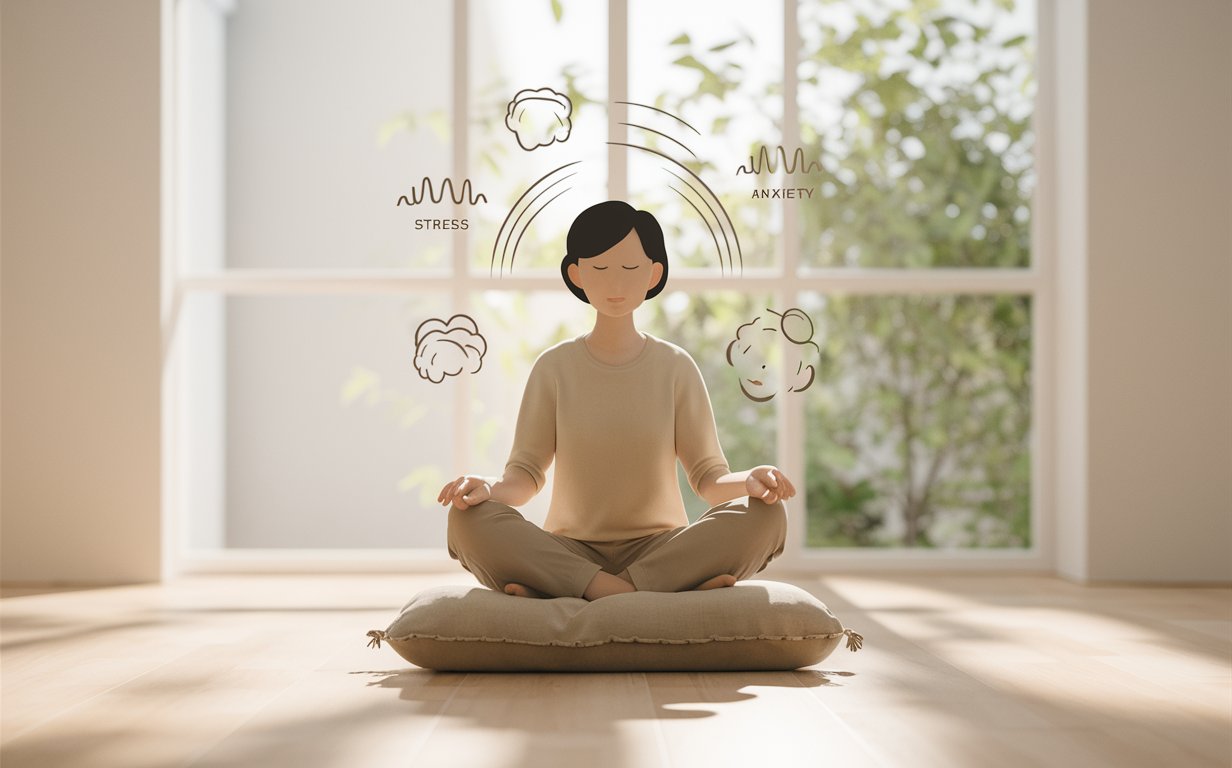Introduction
- Topic Introduction: Start by acknowledging the fast-paced nature of modern life and how it contributes to widespread anxiety. Mention that anxiety is a common issue, with about one in five adults experiencing anxiety disorders.
- Problem Statement: Emphasize the need for effective, natural solutions to combat anxiety, as traditional treatments like medication might not be suitable for everyone.
- Solution Introduction: Introduce meditation as a powerful tool to reduce anxiety, backed by scientific research.
- Purpose of the Blog: Explain that the blog will delve into the science behind meditation, its calming effects on the mind, and provide practical tips for beginners.
Understanding Anxiety

- Definition of Anxiety: Clarify that anxiety involves feelings of unease, worry, or fear. It can lead to physical symptoms like increased heart rate and mental symptoms like difficulty concentrating.
- Triggers of Anxiety: Mention that anxiety can be triggered by various factors, including work stress and personal relationships.
- Current Treatments: Briefly touch on how traditional treatments like medication are often used but may not be the best fit for everyone.
- Need for Alternatives: Highlight that many people are looking for alternatives that address anxiety at its root, setting the stage for meditation as a solution.
The Science Behind Meditation and Anxiety Reduction
- Brain Areas Affected by Meditation: Explain that meditation positively influences brain areas associated with stress and anxiety, like the amygdala (emotion processing) and the prefrontal cortex (decision-making).
- Structural Changes in the Brain: Mention that regular meditation practice can lead to structural changes in the brain, making it better equipped to handle stress.
- Overall Benefits: Summarize by saying that meditation helps the brain respond more calmly and resiliently to stressors, promoting a sense of calm.
Types of Meditation for Anxiety

- Mindfulness Meditation: Describe this as a practice where you focus on the present moment, observing your thoughts without judgment. This helps build awareness and calm the mind.
- Guided Meditation: Explain that guided meditation involves being led through visualizations and breathing exercises by a teacher or app, which promotes relaxation.
- Deep Breathing Exercises: Highlight that these exercises focus on deep, controlled breathing, which activates the body’s relaxation response, reducing tension and anxiety.
- Personalization: Encourage readers to try different types of meditation to find what works best for them.
Personal Stories and Testimonials
- Real-Life Example: Share the story of someone like Sarah, who used mindfulness meditation to overcome years of anxiety. This makes the content relatable and shows the real-world impact of meditation.
- Quote: Include a direct quote from Sarah to emphasize the transformative power of meditation, like, “Meditation has transformed my life. It feels like a sanctuary where I can escape the noise and find my center.”
Step-by-Step Guide to Starting a Meditation Practice
- Set Up a Peaceful Environment: Advise readers to find a quiet and comfortable space where they can meditate without interruptions.
- Choose a Comfortable Posture: Suggest sitting cross-legged on the floor or in a chair with a straight back, emphasizing the need to be comfortable yet alert.
- Focus on Your Breath: Instruct readers to close their eyes, take deep breaths, and observe their thoughts without getting attached to them.
- Start Small: Encourage beginners to start with just five minutes of meditation daily, gradually increasing the time as they get more comfortable.
- Use of Apps: Recommend meditation apps like Headspace or Calm to help guide them through the process.
Integrating Meditation into Daily Life
- Start Small: Reiterate the idea of starting with short sessions, like three to five minutes in the morning or before bed.
- Consistency is Key: Emphasize that regular practice is essential for experiencing the long-term benefits of meditation.
- Routine Building: Suggest that readers integrate meditation into their daily routines to make it a habit.

Additional Tips for Managing Anxiety
- Complementary Strategies: Mention that while meditation is powerful, it can be even more effective when combined with other healthy habits like regular exercise, a balanced diet, and good sleep hygiene.
- Professional Help: Remind readers that if their anxiety feels overwhelming, seeking professional help is always a positive step.
Conclusion
- Reiteration of Benefits: Sum up the benefits of meditation in reducing anxiety and promoting a calmer, more balanced life.
- Encouragement: Motivate readers to start their meditation journey, assuring them that while results may not be instant, regular practice will lead to significant improvements.
- Call to Action: Encourage readers to give meditation a try and experience its transformative effects for themselves.




